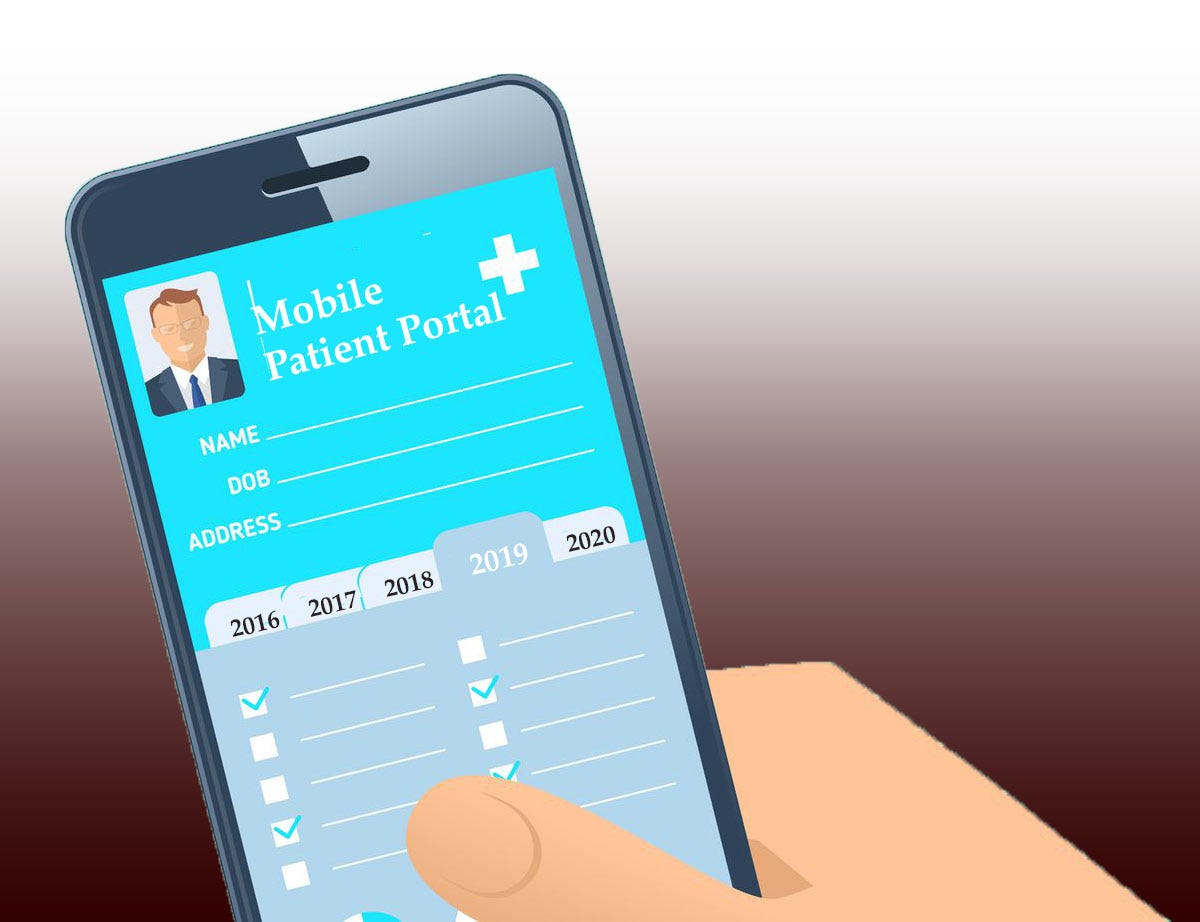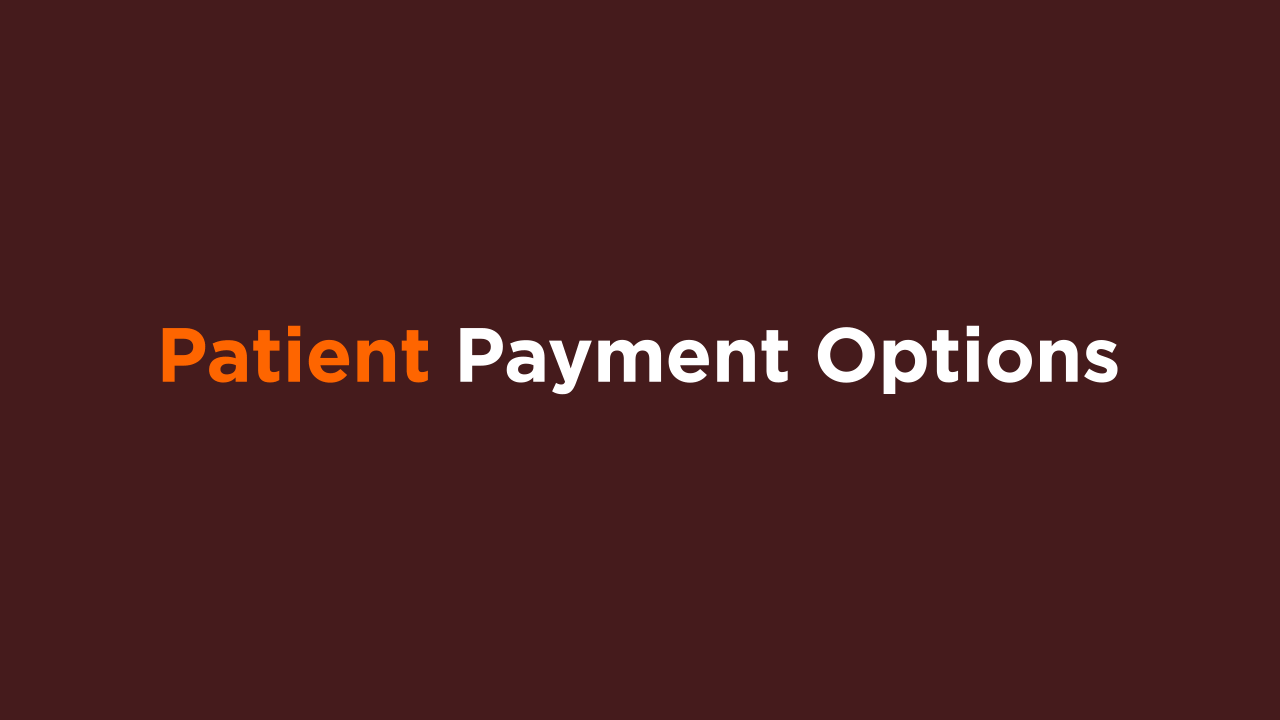7 Ways to Encourage Millennial Participation in Healthcare

Patients ages 24–39 years old require an entirely different healthcare experience than the preceding generations. Millennials rely on technology for nearly everything; ordering food, shopping, and scheduling appointments can all be accomplished from a smartphone. This age demographic is also the most likely to research symptoms or practice reviews prior to scheduling an appointment. Although this information is backed up by research, the majority of healthcare systems still rely on outdated technology like fax machines and phone calls during office hours.
As of 2019, Millennials have overtaken Baby Boomers to become the largest demographic in the United States. With this in mind, medical systems must shift their focus to appealing to the millennial market. Let’s examine 7 ways to encourage millennial participation in healthcare:
1. Implement Updated Technology
Patient Payments
Millennials expect to make payments from the convenience of their smartphone or computer at any time or place. Although many healthcare systems are beginning to accept payments online, additional technology- advanced options simplify the entire payment process and especially appeal to the millennial age group. Some of these options include:
- Mobile Payments
- Patient Portals
- QR Code Scans
- Snap to Pay and Text to Pay
- Credit Card on File

Easy and quick payment options like these encourage patients to make payments in a timely manner, helping to increase revenue for your practice. Millennials expect a variety of mobile payment options from any service they receive, so failing to provide such options can actually deter patients of this age group.
Telehealth
During the 2020 COVID-19 crisis, telemedicine appointments experienced a serious boom. Throughout the first six months of 2020, telehealth adoption increased by nearly 50% in primary care visits.
Millennials are particularly a fan of online healthcare appointments; 74% prefer a telemedicine approach than a traditional visit. Because the Millennial age demographic is highly technology-savvy, they find telehealth appointments much less time-consuming and inconvenient than in-person appointments.
2. Price Transparency
Millennials are especially skeptical of scheduling healthcare visits because of price uncertainty. In fact, 54% of Millennial patients have put off medical treatment of some sort due to the fear of high costs.
By communicating pricing beforehand, medical systems can help alleviate the anxiety that comes with cost uncertainty, therefore encouraging more millennial patients to schedule appointments and services.

3.Patient Portal Access
Patient portals offer a variety of useful benefits to patients throughout their healthcare journey. Millennials especially appreciate the ability to take control of their care on their time by scheduling appointments online, viewing medical records, making payments, and more. Providing this tool simplifies many aspects of a typically complicated healthcare system, helping to encourage millennial patients to act on their medical needs.
4. Offer the Best Sensitive PHI Protection
When outsourcing services like medical billing and payment collections, it is essential to partner with a HITRUST Certified vendor. This certification ensures that sensitive patient information will stay protected at the highest industry standard. As data breaches and cybersecurity concerns are increasing, millennials are becoming more selective with who they trust their personal information with. In fact, healthcare suffered 2–3 times more cyberattacks in 2019 than the average amount for other industries, while 70% of millennials believe online privacy will be further compromised in the coming years.
5. Maintain and Update Your Practice’s Website
Before making nearly any decision, Millennials typically turn to the internet to research their options. Usually, the first point of contact with your practice will be the website. A clear, user-friendly website communicates information about your practice and informative ways to get in contact. If the website is outdated, difficult to navigate, or full of broken links, a Millennial may abandon your site in search of another with a better user experience.

6. Ask for Feedback
According to a survey, 54% of Millennials read reviews about medical practices before committing to an appointment. They are also twice as likely to trust referrals from friends or social media reviews than those in other age demographics. Encouraging patients to leave feedback about their great experience with your health system helps convince others to schedule with your practice.
7. Provide Relevant Information
Outside of maintaining an easy-to-use website, providing great healthcare information is an easy way to impress the Millennial audience. Generally, about half of the Millennial demographic will research their symptoms prior to scheduling an appointment. If your practice is able to provide relevant and informative information through case studies, blogs, or other information content, you will build trust with the potential patient. A Millennial is much more likely to schedule with a trust-worthy practice rather than one with no credibility.
Final Thoughts
Although the millennials have become the largest demographic in America, only 51% have visited a primary care doctor in the last year, compared to 74% of non-millennials. Healthcare systems need to begin targeting millennial patients in order to expand their clientele and increase revenues.
MailMyStatements is a technology-driven printing, mailing, and payment vendor dedicated to simplifying the medical billing process. Get in touch today to learn how our technology-advanced systems can help you attract millennial patients.
Heather Turnbaugh is the Content and Social Media Marketing Manager at MailMyStatements. She enjoys snowboarding, working out, and napping.
Follow her on Twitter!




Comments
Post a Comment